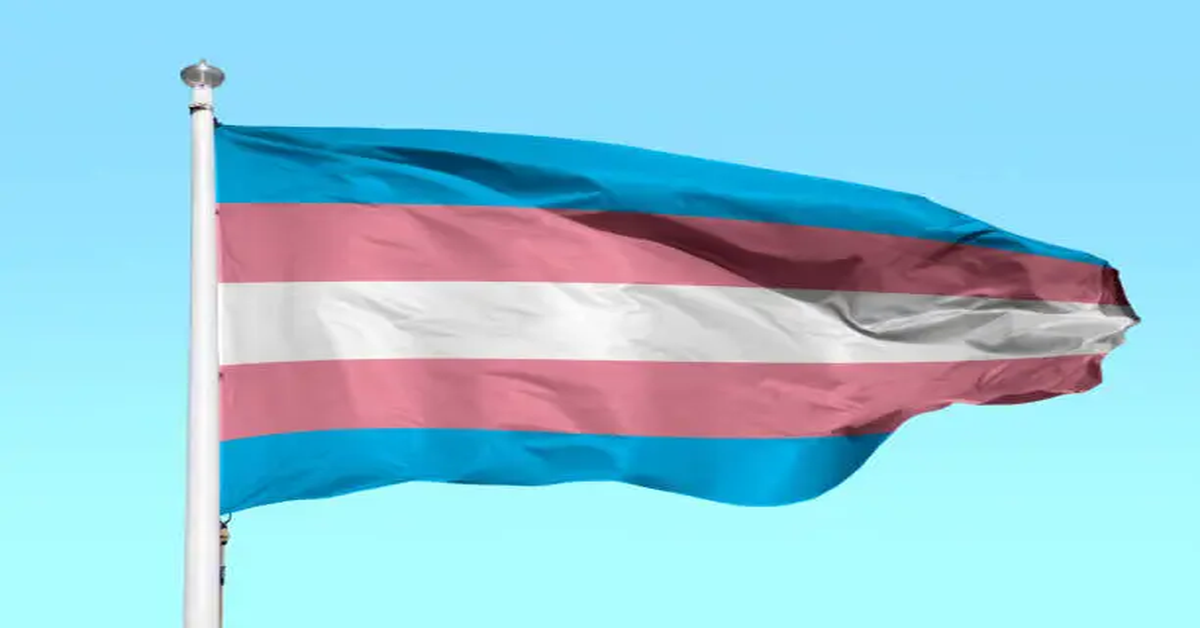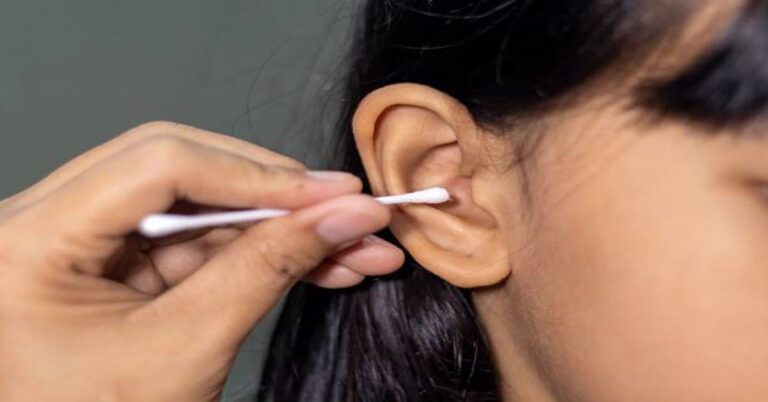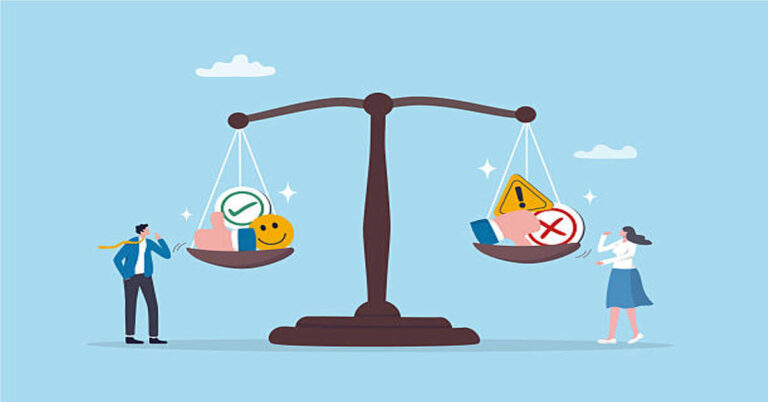
Few symbols in modern history carry as much emotional, political, and cultural weight as the Transgender Pride Flag. It is a simple yet powerful emblem of visibility, identity, and resilience. In a world that has long marginalized transgender individuals, the trans flag stands not only as a banner of recognition but as a unifying expression of pride, equality, and hope.
While flags often represent nations, the trans flag transcends geography—it represents a global identity and shared humanity. Its colors, carefully chosen and intentionally balanced, are designed to reflect harmony, inclusivity, and self-affirmation. To understand the trans flag is to understand a deeper story of struggle, love, and courage—a story about being seen and accepted for who one truly is.
This article explores the origin, design, meaning, cultural significance, and evolution of the trans flag, alongside its role in activism, art, and global representation.
1. Origins of the Transgender Pride Flag
The Transgender Pride Flag was created in 1999 by Monica Helms, a transgender woman, activist, and U.S. Navy veteran. Helms designed the flag to offer transgender people their own symbol—one that would embody pride, unity, and visibility in a world that too often rendered them invisible.
Unlike national flags that evolve through committees or design contests, the trans flag was a deeply personal creation. Helms designed it herself, choosing colors with symbolic precision. The flag was first flown publicly at a Pride Parade in Phoenix, Arizona, in 2000, marking a historic moment in the visibility of transgender identities.
From that first public display, the flag spread rapidly through LGBTQ+ communities worldwide. It began appearing at pride parades, rallies, protests, and online spaces as a symbol of solidarity and strength.
2. The Design and Symbolism
The Transgender Pride Flag consists of five horizontal stripes arranged symmetrically:
- Two light blue stripes on the top and bottom
- Two light pink stripes inside the blue
- One white stripe in the center
This design carries deep meaning:
| Color | Symbolism | Emotional & Cultural Meaning |
|---|---|---|
| Light Blue | Represents traditional color for baby boys | Symbol of masculinity, transition, and peace |
| Light Pink | Represents traditional color for baby girls | Symbol of femininity, tenderness, and compassion |
| White | Represents those who are nonbinary, gender-neutral, transitioning, or intersex | Symbol of purity, wholeness, and inclusion |
Helms intentionally made the design symmetrical, so no matter which direction it’s flown, it always remains correct—symbolizing how there is no “wrong” way to express one’s gender identity. This subtle but profound feature makes the trans flag one of the most thoughtful flag designs in modern times.
3. Evolution of Transgender Flags and Variants
Over time, as transgender identities and gender diversity gained more recognition, several variants of the trans flag emerged. These new designs did not replace the original but expanded its meaning to reflect the growing diversity within the gender spectrum.
| Variant Flag | Designer / Year | Description & Purpose |
|---|---|---|
| Monica Helms Flag (1999) | Monica Helms | The original five-striped design representing trans men, trans women, and nonbinary people. |
| Israel Transgender Flag (2010) | Israeli trans community | Blue and white flag with a centered symbol, reflecting both national and gender pride. |
| Transgender People of Color Flag (2014) | Updated by various activists | Includes brown and black stripes to highlight intersectionality and racial inclusion. |
| Nonbinary Flag (2014) | Kye Rowan | Represents nonbinary identity with yellow, white, purple, and black stripes. |
| Genderfluid Flag (2012) | JJ Poole | Symbolizes the fluid nature of gender identity with pink, blue, white, black, and purple stripes. |
Each variant adds depth to the representation of gender diversity while keeping the original trans flag as the central and unifying symbol for transgender rights worldwide.
4. The Cultural and Political Significance of the Trans Flag
The trans flag is far more than a design—it is a political statement, a declaration of existence, and an emblem of liberation. For centuries, transgender individuals faced systemic discrimination, violence, and erasure. In such a context, the flag represents visibility and survival.
Visibility and Identity
The trans flag gives visibility to those who have been historically ignored or excluded. When displayed, it declares that transgender people are not hidden, not ashamed, and not alone. The flag’s presence at Pride marches, community centers, and digital spaces brings belonging and validation.
Activism and Resistance
Activists around the world have carried the flag during marches for equality, healthcare access, and legal rights. It became an icon in major movements such as Trans Day of Visibility (March 31) and Transgender Day of Remembrance (November 20).
Inclusion in Policy and Culture
Governments and organizations worldwide now use the trans flag as a symbol of inclusion. It flies at city halls, universities, embassies, and even corporate headquarters during Pride Month—signifying progress in societal recognition of gender diversity.
5. The Emotional Power of Symbolism
Unlike purely political symbols, the trans flag carries emotional resonance. For many individuals, seeing it for the first time brings validation—a visual affirmation that their identity is real and respected.
Colors as Emotional Anchors
- Blue conveys peace, serenity, and acceptance.
- Pink expresses love, warmth, and tenderness.
- White embodies neutrality, rebirth, and authenticity.
Together, these colors create harmony—a visual metaphor for balance between self and society.
6. The Trans Flag in Art, Fashion, and Media
Over time, the trans flag has transcended activism to become a part of artistic and cultural expression.
In Art
Artists use its colors to depict empowerment, transformation, and resilience. Many murals across cities—from London to São Paulo—feature trans flag motifs as public affirmations of diversity.
In Fashion
Designers have incorporated trans flag colors into clothing lines, accessories, and jewelry. This trend transforms identity into wearable pride—an everyday declaration of solidarity and style.
In Media
Movies, documentaries, and digital content frequently use the flag as a visual cue of inclusivity and awareness. On social media, trans creators and allies use its colors in profile images, graphics, and emojis to express solidarity.
7. Comparison with Other LGBTQ+ Flags
The LGBTQ+ community includes multiple identity-based flags. While the rainbow flag represents broad queer pride, the trans flag focuses specifically on gender identity and transition.
| Flag Name | Representation | Key Colors | Symbolic Focus |
|---|---|---|---|
| Rainbow Flag | LGBTQ+ community overall | Red, orange, yellow, green, blue, violet | Diversity, love, and unity |
| Transgender Flag | Transgender, nonbinary, intersex people | Blue, pink, white | Gender identity and authenticity |
| Bisexual Flag | Bisexual individuals | Pink, purple, blue | Attraction across genders |
| Nonbinary Flag | Nonbinary people | Yellow, white, purple, black | Gender fluidity and diversity |
| Intersex Flag | Intersex individuals | Yellow with purple circle | Bodily autonomy and visibility |
The trans flag stands as a bridge between the broader LGBTQ+ pride and specific gender identity movements.
8. The Trans Flag Around the World
The flag’s global reach illustrates its universal appeal. Across continents, it symbolizes unity among transgender and gender-diverse communities, even within differing cultural and political landscapes.
| Region | Use and Recognition |
|---|---|
| North America | Widespread in Pride events, government buildings, and advocacy groups. |
| Europe | Featured in EU Pride festivals, universities, and government policy forums. |
| Asia | Growing visibility, especially in Japan, India, and the Philippines. |
| Africa | Used by activists promoting transgender healthcare and human rights. |
| South America | Central to campaigns for legal gender recognition and equality laws. |
Despite varying levels of acceptance, the trans flag has become a universal emblem for gender diversity and human dignity.
9. The Flag in Official Recognition and Landmarks
In recent years, the trans flag has achieved milestones once thought impossible.
- 2019: The U.S. Congress displayed the trans flag during the Trans Day of Visibility.
- 2020: London’s City Hall and New York’s City Hall flew the flag alongside national flags.
- 2021: The White House acknowledged the flag during Trans Day of Visibility—a historic moment of validation.
These acts demonstrate how symbols, once marginalized, can move into the heart of mainstream acknowledgment.
10. Psychological and Social Impact
Symbols shape identity, and for transgender individuals, the flag serves as a psychological anchor. It provides a sense of belonging, empowerment, and hope.
Studies in social psychology show that visual representation contributes to positive self-image and collective identity. The trans flag, therefore, is not just a symbol—it’s a lifeline for many who struggle against invisibility.
11. Criticism and Evolving Conversations
Like any cultural symbol, the trans flag has sparked debates:
- Some argue it doesn’t fully capture the diversity of gender identities.
- Others propose adding stripes or blending it with racial justice symbolism.
- Traditionalists, however, emphasize maintaining the flag’s simplicity and historical authenticity.
These conversations reflect the dynamic nature of identity politics, where symbols evolve alongside social awareness.
12. Educational Importance
The trans flag has become a key educational tool in schools and universities. Teachers use it to open conversations about gender identity, inclusivity, and human rights. Educational posters featuring the flag’s colors encourage empathy and understanding among students.
13. Future of the Trans Flag
As awareness and acceptance of gender diversity continue to grow, the trans flag will remain a cornerstone of visibility and activism. Its future likely includes:
- Expanded digital presence through online campaigns and metaverse events.
- Integration into corporate inclusivity policies.
- Use in intersectional movements that combine gender, race, and social equity.
The flag’s power lies in its simplicity—its ability to communicate vast emotion and meaning with minimal design.
Conclusion
The Transgender Pride Flag is more than fabric and color—it’s a living symbol of hope, courage, and identity. From its humble beginnings in 1999 to its presence in global movements, the flag tells a story of transformation—both personal and societal.
Its hues of pink, blue, and white represent the infinite spectrum of gender and the universal quest for authenticity. Whether flown at a march, painted on walls, or displayed on digital screens, the flag radiates one timeless message: everyone deserves to be seen, respected, and celebrated for who they are.
FAQs
1. Who created the Transgender Pride Flag?
The trans flag was created by Monica Helms in 1999 to represent the transgender community’s diversity, pride, and resilience.
2. What do the colors of the trans flag mean?
Blue represents male identity, pink female identity, and white symbolizes nonbinary, intersex, or transitioning individuals.
3. Why is the flag symmetrical?
Monica Helms designed it symmetrically so that it remains correct in any direction—representing that there’s no “wrong” way to be trans.
4. Are there other trans-related flags?
Yes, several variants exist, such as the Trans People of Color Flag, Nonbinary Flag, and Genderfluid Flag.
5. Why is the trans flag important?
It promotes visibility, unity, and empowerment for transgender individuals while serving as a global symbol of acceptance and equality.






